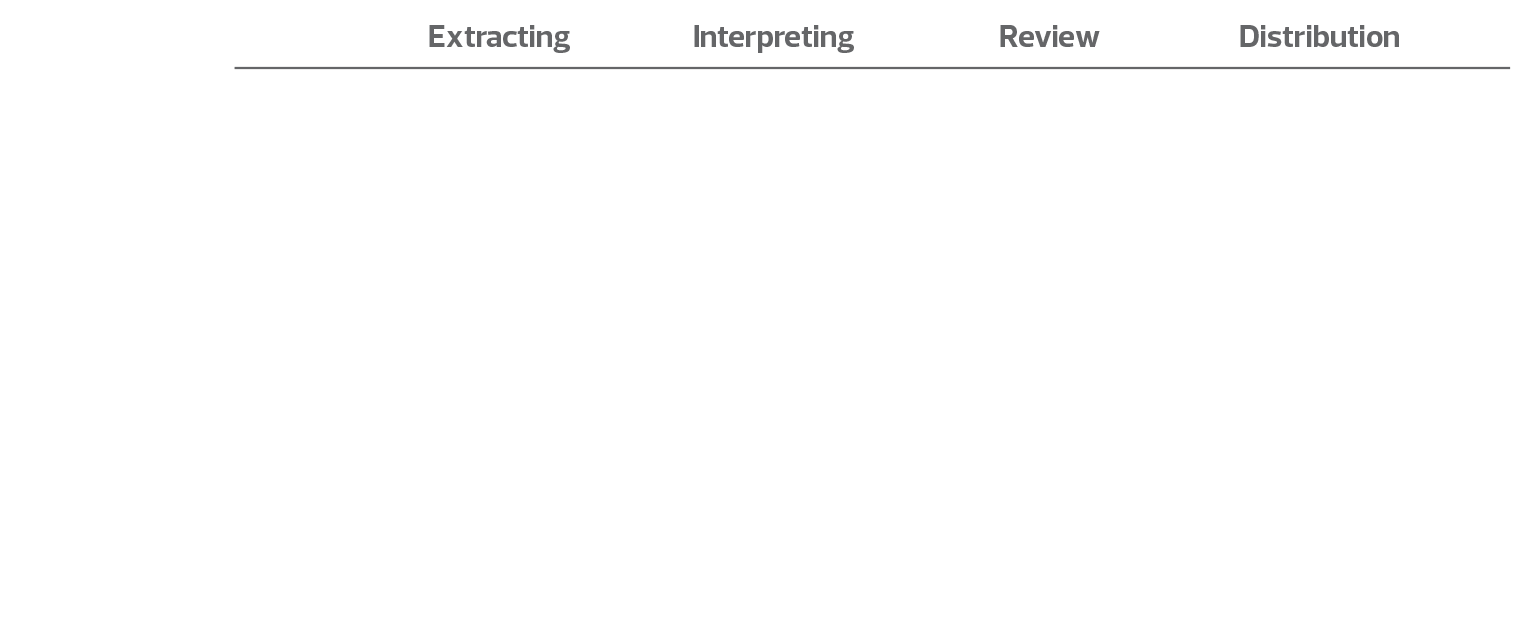New reporting requirements, detailed information demands and a sharp increase in the IRS’ enforcement efforts are among the issues that partnerships face this tax season. Our checklist for the tax year 2023 covers the key factors partnerships should consider well before preparing to file, including using estimates, documenting allocations, special considerations for lower-tier partnerships and the impact of recent developments and updated forms.
Getting ready for tax year 2023:
1. Identify all stakeholders
- Include all upstream and downstream entities in a tiered partnership structure, plus every service provider (accountants, tax preparers, etc.) and every tax jurisdiction (U.S. state and federal, and any foreign entity).
- Understand the requirements of the end users of the forms to plan and request the correct level of detail on the front end of the process.
- Include indirect providers—for example, if a portfolio company was sold and is generating a final return, you will need information from the sellers’ accountants as well as your own.
2. Create a compliance timeline
- Work backwards from the latest required dates. For example, the documentation may state that Schedule K-1s need to be issued to partners no later than 90 days after the end of the tax year.
- Identify the chain of dependencies (like a game of dominoes)—it should account for what’s needed at every step (e.g., valuations and purchase price allocations) and from every stakeholder (e.g., accountants, fund administrators, sellers and buyers).
- If foreign tax jurisdictions are involved, build in time for greater complexity and potential delays. • Early and clear communication is key to aligning all parties.
3. Get ahead of form changes and reporting requirements
- Discuss new federal, state and international filing requirements and obligations upfront. This occurs every year, and dealing with these during compliance will slow the process down.
- For example, we are seeing a major uptick in transactions where continuation rules apply—there may be a brand-new legal entity, but just one full-year tax return—and questions can arise as to who is responsible for filing (e.g., the buyer or seller).
- To correct errors on previous returns, most partnerships must file an Administrative Adjustment Request instead of an amended return. Automating the numerous calculations required for highly tiered structures can help partnerships avoid significant exposures, particularly given strict filing deadlines.
- Understand the data needed for Schedule K-3.
- For example, international distributions continue to be burdensome, especially with multiple foreign entities.
- Examples of critical Schedule K-1 changes include:
- Whether liabilities are subject to guarantees
- Disclosure of payment obligations
- More detailed coding for other income and expense items
- New partner-level reporting for certain property distributions
- Reporting on sale/exchange of partnership interests
4. Plan your strategy for using estimates
- Complex structures create compression issues. When tiered partnerships are all racing to meet the same filing deadlines, upstream entities may have little time to process information from below.
- Using estimates may be prudent to meet filing dates, but you need to weigh the tradeoff between provisional information and the impact of delays and late filing penalties.
- Estimates need to be reasonable—if you estimate a K-1 from a lower tier, include the proper disclosures with your return. AICPA rules limit tax advisors’ ability to create estimates. Your tax advisor can give you guidelines, but the numbers need to come from the partnership.
5. Expect the IRS to audit more partnerships
- The assessed tax is often well in excess of what would be imposed at the partner level.
- The partnership can choose to distribute any adjustments to partners, but there are time limits—if missed, the upper tier must pay the tax. This places the burden of collection on the taxpayer.
- Partners are bound to follow the treatment at the partnership level.
6. Strengthen your readiness for an audit
- Remember this mantra: “Document, document, document.” Prepare for audits early and proactively by documenting key transactions and tax positions with formal memoranda.
- Provide detailed support for special allocation methods.
- Maintain clear records of capital accounts, section 704(c) attributes and tax basis in assets held.
- Provide detailed reconciliations between estimates used on original filing and any adjustments in a later period. For example, clear documentation should show when and how changes between estimated and final K-1s from lower-tier entities were resolved.
- Extensive documentation not only lays the groundwork for audits but also facilitates clear communication among stakeholders.
- Centralized tax data will make it easier to respond if audited.
7. Anticipate a sharp rise in IRS data requests
- Examples of expanded IRS data requests include:
- Reporting of tax capital amounts
- Hot asset reporting
- Schedules K-2 and K-3
- Deficit restoration obligation and guarantee reporting
- Reporting on at-risk and passive activities
- Section 743 and section 704(c) detail
- Consider all IRS information requests obligatory: You are required to file a “complete return,” which means everything the IRS states in the instructions.
8. Aim to automate your tax preparation process
- A large percentage of partnerships use Excel-based methods for tax computation and reporting. These have served well, but manual systems are slow, duplicative and error-prone.
- As timelines compress and tax reporting becomes more complex, pressure on partnerships and providers to automate the process is increasing.
- Making the investment needed to understand all data points and build an integrated technology infrastructure is likely to pay off over time.
- A purpose-built tax technology solution is essentially a tax enterprise resource planning (ERP) tool that will serve all stakeholders.

As tax compliance continues to get more complicated, tax returns are understandably taking more time, creating a lot more [timeline] compression, putting upper tier entities into a scramble to file on time.
Jason Lunte, Partner
Modern tax compliance workflow

Tax data journey–digitally transformed

RSM contributors
-

-
 Jason LuntePartner
Jason LuntePartner -

-
 Dave SchwartzSenior Director
Dave SchwartzSenior Director

